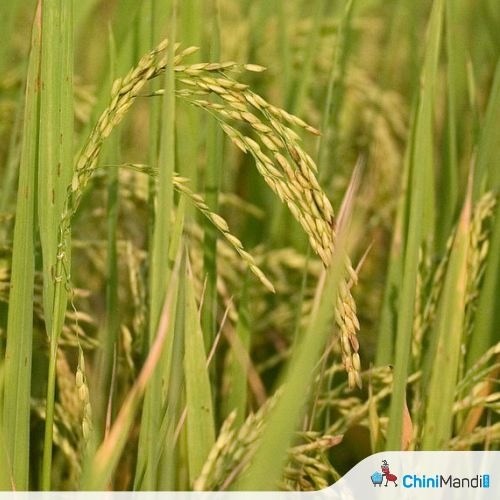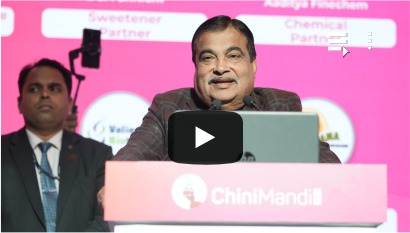New Delhi: In a landmark development for Indian agriculture, the Indian Council of Agricultural Research (ICAR) has introduced the world’s first genome-edited rice varieties aimed at increasing yields, conserving water, and cutting greenhouse gas emissions, reports The Times of India.
Union Agriculture Minister Shivraj Singh Chouhan launched the two varieties — ‘DRR Dhan 100 (Kamala)’ and ‘Pusa DST Rice 1’ — on Sunday, calling them a major step toward a “second green revolution.” He urged ICAR officials to ensure these climate-resilient seeds reach farmers as soon as possible.
“These improved varieties can increase rice yields by 20–30%, reduce methane emissions by 20%, and help save at least 7,500 million cubic meters of water due to shorter maturity cycles,” ICAR said in a statement. The two varieties mature about 20 days earlier than traditional ones, offering both environmental and economic benefits.
ICAR noted that certified seeds will be available to farmers in approximately two years, pending the completion of Intellectual Property Rights (IPR) procedures.
Developed using genome-editing technology — specifically the CRISPR-Cas method — the rice varieties were designed by modifying native plant genes without introducing foreign DNA. The process allows scientists to create improved traits such as higher yield, climate resilience, and disease resistance while maintaining the original strengths of the parent varieties.
The newly released ‘Kamala’ variety is recommended for widespread cultivation across several major rice-producing states including Andhra Pradesh, Tamil Nadu, Uttar Pradesh, West Bengal, and more. ‘Pusa DST Rice 1’ is also suitable for most of these regions.
ICAR began its genome-editing research in rice in 2018, focusing on two widely grown rice types — ‘Samba Mahsuri’ and ‘MTU1010’ — to improve their productivity and stress tolerance. The result of this work is expected to impact about five million hectares of rice-growing area and could produce an additional 4.5 million tonnes of rice annually.
“By using genome-editing to improve crop quality and resilience, we’re moving closer to the vision of a developed India or ‘Viksit Bharat’,” ICAR said.


















